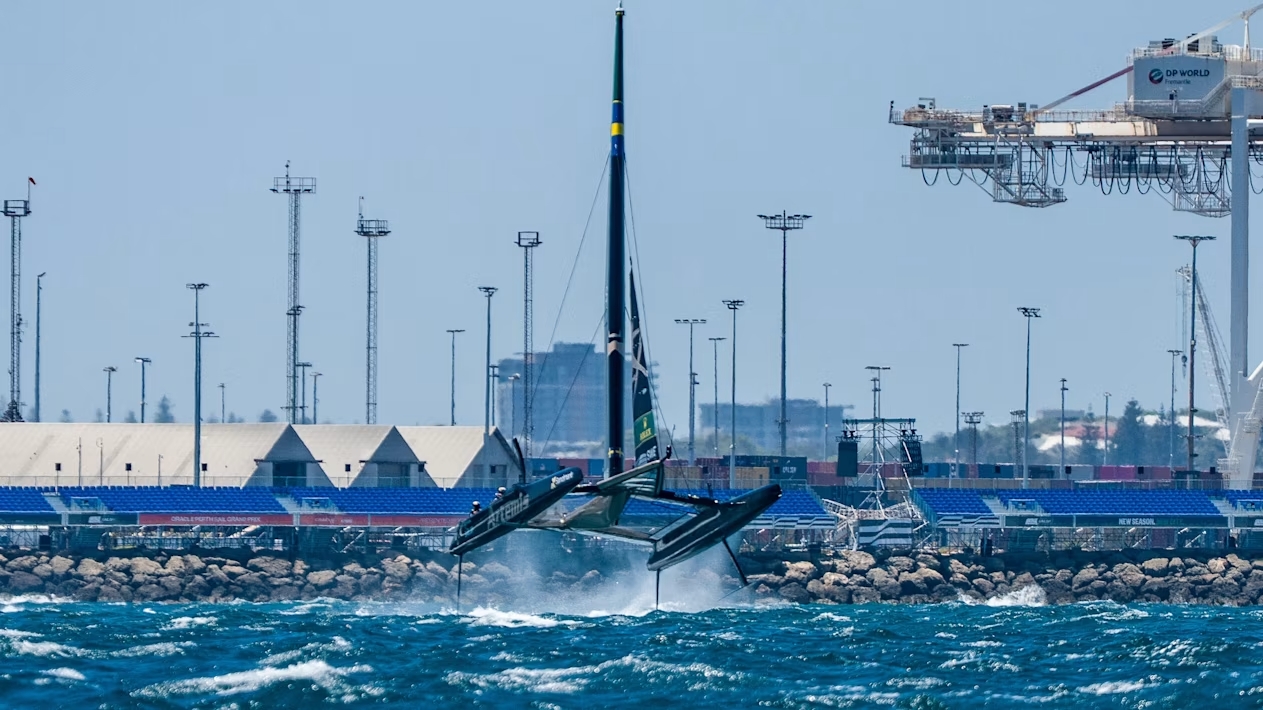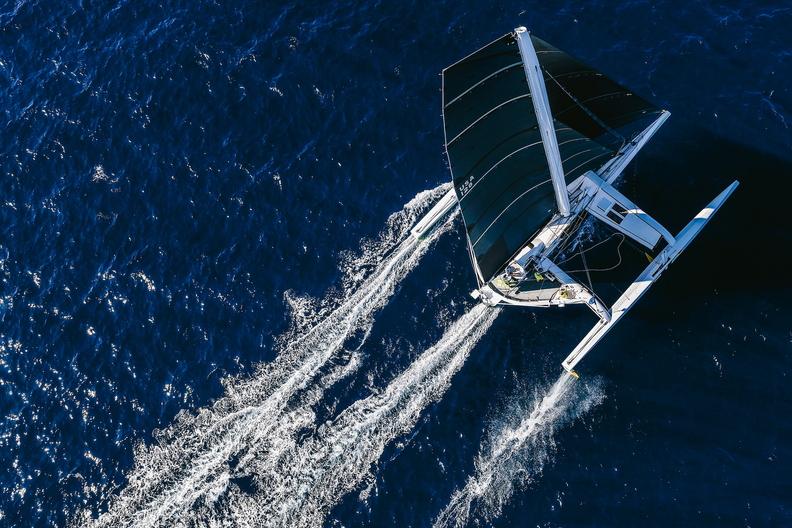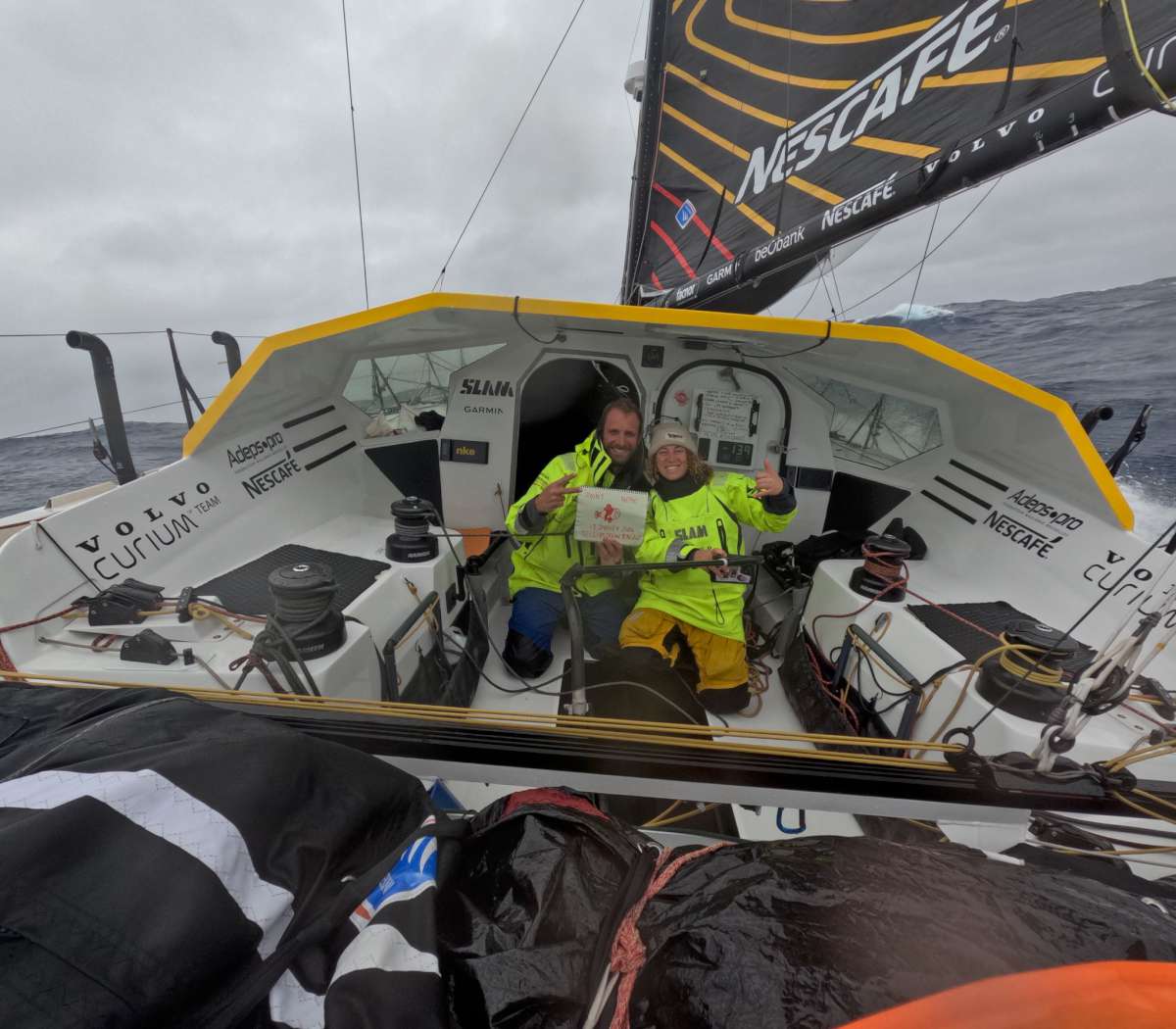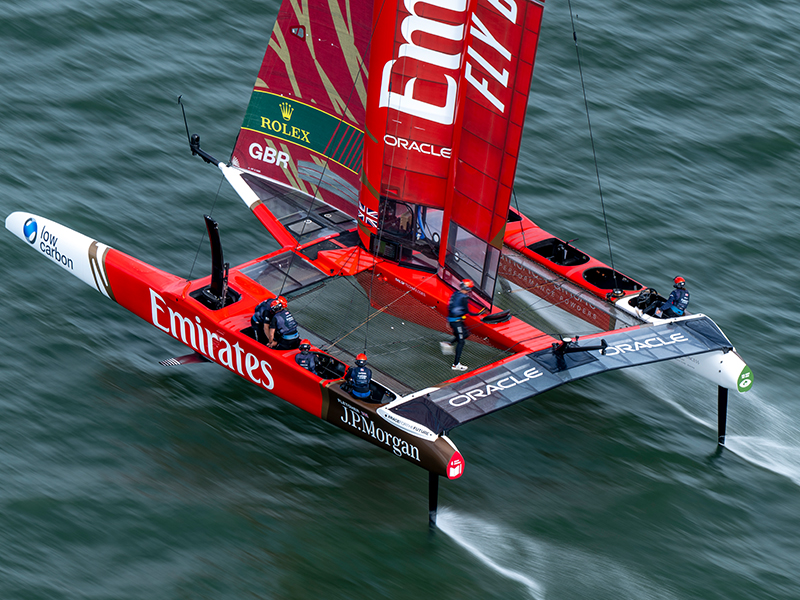“Dad! Daaaaaaaad! The toilet is stuck!”
That dreaded call every boat owner dad fears. Or, at eleven o’clock at night and you have guests, you have just gone to bed, book open at the page; then comes the soft, somehow embarrassed, knock on the door: “ehh, Frans? Excuse me, ehm the toilet seems to go really difficult.”
You always instinctively blame the kids or the guests, right? You have to muster all your self control: “oh no! Well don’t force it. Let me try!”
And there you have it, you get the picture! ‘It’, naturally, will not go down. In our family we even have a song for that. It goes a bit like that UB 40 song about the rat in the kitchen. But our one is called, ‘There’s a poo in the toilet and it won’t go down’.
Seriously. It is quite a good song actually, my youngest sings it all the time.
Well, there is a multi-stage approach to attack this nasty job and we will go through the five stages in this ‘how to’ article. Success in the early stages of
the approach, depends on the cause
of the problem.
Stage 1: poop or paper?
You push pretty hard on that pump handle, but wait, not too hard! It appears just on the edge of permanently blocked. A burst poo hose really is not worth the risk, is it?
The best initial approach is to leave it alone, sitting in water overnight. Gross yes; but not as gross as the alternative.
In the meantime, the ships company reverts back to the old ‘bucket and chuck it’ method. Discretion advised. Preferably chuck it in the public toilets or marina toilets.
Stage 2: the least excusable, dreaded foreign object
The old tampon, too much toilet paper, kitchen roll and, sometimes, even lids off drinking water bottles!
If you imagine the inside of the common Jabsco manual toilet, the first obstacle to whatever enters the system is the black rubber one-way valve located in the white lower hose tail just behind the handle. The bracket has two big Philips screws to hold it to the pump. This is where the object most likely will be found.
But, before you start loosening those screws, behold the contents of the entire bowl and whatever is in the pipe. All that is going to come gushing out. Not good.
So before that attempt, first get a steel wire, coat hanger or a piece of old rigging wire and make a small hook with your needle nose pliers at the end. Put goggles on, yes backsplash just in case. Gloves on, windows and doors wide open and start fishing. Measure the length to the one-way valve on your wire and bend it over so you know how far along you are. Keep twisting the wire to try to pick up the foreign object and pull it back out twisting. With luck it will come out.
Stage 3: check from the inside
Perhaps a fish has gone up the pipe from the outside and got stuck. Far fetched? This actually happened to us once! But, more likely, barnacles and sea grass may have blocked the hole.
Before you go over the side, move the seacock handle up and down a few times, this can break up the barnacles and the blockage, while someone tries the pump. Just push and maintain pressure on the handle, while the other person moves the seacock handle. If the handle does not move, but normally it always works fine, you have most likely found the problem. Something is lodged in there.
If the handle does not move, but you have not tried it in ages say in over a year, then it could just as well be that the valve has seized. Apparently 40 per cent of sunken boats were found to be open seacock’s one of the main causes.
Be really careful forcing seized ball valves to move. Or, god forbid, the dreaded brass gate valves, which should be removed from your boat as soon as possible if you have them. They are not at all suited to the salty marine environment.
Ideally, you have nice old-school tapered plug valves, they have a plate with two, three or four screw head bolts holding down the handle and plug. You can take the bolts out, pull the plug out slightly and start working the valve. A bit of water can leak past the plug but you just push it back in and screw down the screws again.
These valves are made from bronze, especially for yachts. Expensive, but super nice. Safely serviceable with the boat in the water and they stay good for ever.
Unless you have galvanic corrosion going on, in which case you will see reddish spots and pitting corrosion showing. Time for a new one in that case and also probably new wiring in your boat.
So, yeah, let us say the valve does move just fine. So that means it is time for …
Stage 4: keep your mouth shut!
Yep, this is where you jump over the side with a mask and snorkel.
Your helper should still be pushing down on the pump handle to maintain pressure. If you have a blow up mattress or a paddle surf board, now is a good time to use it.
Insert your wire up the outlet. Also try and use a longer flexible one, six millimetre rigging wire is perfect. Put a pair of vice grips on the end and spin the wire around while you try to push it in. Much the same principle as your plumber uses with a drain snake.
If it goes in easily and a little poop comes out, but not a sudden gush, this is not the problem.
Stage 5: when the excreta hits the extractor
At this point, if you have guests it is a good idea to send them to the beach or the bar, along with the cook, which I will explain later. But maybe keep one keen, handy crewmember with you as a helper.
Tell the rest they must not come back until you join them at the bar for a much-needed drink. The boat is gonna be a war zone and the skipper is definitely not going to be pleasant to be around.
Stage 5 is code red! This is poo on your hands, on the floor, in buckets and over the side kind of territory.
Wear old clothes that can be chucked straight away. Gloves, plus a clean face towel standing by. Two buckets, best quality duct tape, or green two inch wide masking tape and acetone. As many dry, non-greasy rags as you have. Four rolls of kitchen paper roll. A rubbish bin with double plastic bags inside.
Outside, in the cockpit, you will want a dumping ground in the form of a plastic box with a lid.
Tools required: big Phillips head screwdriver, #8 or #9 ring spanner for your hose clips, hacksaw to cut your hoses off, a butane or lpg blowtorch and two lighters. Scissors to cut the tape. Lastly, a flat tray with walls of some height.
Most toilets are mounted on a pedestal, which is handy. So you need a tray, such as for engine oil perhaps, or a cat litter box, or even the oven roasting pan: you did send the cook to the bar like I told you, did you not, this is an emergency!
Besides, they will never know, right? You will clean it so well; in fact you will literally cook the shit out of it afterwards!
The tray is necessary to prevent leakage onto the floor. The floor that you will need to stand and sit on during this process. At this stage the name of the game is containment. Minimalise the drama.
Shit management 101.
First you need to empty the toilet bowl content into a bucket. Best to use one of those dinghy manual stick bilge pump things.
But a simple cup will do and literally bail the toilet with its horrifying contents, into one of the buckets. Put a rag or two underneath to catch any dripping. Your helper should take the bucket when you are done and dump it outside. This is a genuine emergency so, while it would be preferable if you are still attached to land to empty the bucket into the marina facilities, otherwise it is over the side. Try not to be seen when you do this, but what else can you do?
If you are a really good human you hang on to the contents, to be flushed into the holding tank when you have the toitoi working again. Personally, at this point, I do not give a shit (pun intended) and it just has to get off the boat.
Wash the bucket out on the back step and also your hands. Dry off, new gloves on and then onwards.
Dispose of the floor rags, dry the floor, acetone the edge of the pedestal and start taping a channel from underneath the outlet bracket to the pedestal and into the flat tray. Tape the tray to the floor and to the wall/edge so nothing can spill in between wall and tray.
Make sure your tape wall around the leak site is at least one inch high and firm and well stuck to the ground. That is why you dry the floor really well and then acetone it, so your tape is going to really stick well! You do not want that tape to come loose mid-process!
When it is all ready, have a think and imagine what would happen if it went wrong: tape lets go, tray overflows, etc. What would be your contingency plans? Then what implements: rags, toilet roll, etc., would you need to hand in a hurry. Get those things prepared.
Now it is time to undo the two screws to the outlet bracket. Let it leak slowly, undo them a little. If it goes wrong you quickly tighten them. But everything should now drain into the tray. Do not over fill the tray, you need to walk it across the boat and up the companionway remember?
Close the two bolts: empty the tray, dry floor again, acetone again and tape tray again.
When you get close to having the pedestal empty and you have some room in the tray, flush a litre or two of clean water through the bowl. Nice way to finish!
When the bowl is empty, the one way valve in the bracket still has a hose full of shit water behind it. This will seep through. So as soon as that bracket is actually off, put it in the bucket.
That valve is a pressure fit in a flange; when you undo the bolts the pressure comes off, the valve will dislodge and pop right out with all that shit water behind it. So try and hold it in place while you put the hose in the bucket. But this often goes wrong and that is when you hope your inch high walls will not be breached!
Okay, now the worst is over, dispose of the nastiness in tray and bucket; once again, ‘rag’ the shit out of the whole area. A little bleach and soap and a brush is nice now. Chances are the foreign object is now found.
The worst cause of a blocked toilet
The question you should ask yourself is: “when did I last change the hoses?” Yep, they do need periodic changing! Or at least clearing. The insides are slowly being coated with calcium, until the internal diameter of the hose is so small that even a normal poo blocks it.
I ended up replacing the seized seacock as well. Personally I prefer nylon seacock’s over most metal ones, bronze plug valves excepted. At least they keep working.
The black rubber one-way seal in the outlet bracket will also be full of that calcium. Really carefully scrape it off with a screwdriver or blunt knife. But note, ours did not seal well after I cleaned it, even though it looked fine. You should replace this seal. Carry a spare if you go offshore.
The hoses also need to be the white sanitary hoses. Make sure you do not use spiral (like I did, doh) or collapsible hoses.
Prevention the best preparation
Now the real question is if there is a way to not only remove that calcium build up, but also prevent it in the first place. Like most yachts we flush with seawater, so it is going to be difficult to treat prior.
You could regularly run some kind of mild acid through the toilet to dissolve calcium deposits. You can use distilled white vinegar or a chemical product such as Lime Away or CLR (for calcium lyme and rust). The problem is that it is hard to leave the solution in the system long enough in the right places.
But it should definitely make some difference. It certainly cleans your toilet bowl overnight also, hopefully, your pipes.
It took our pipes exactly four and a half years to go from new to almost completely blocked with calcium. It probably makes a difference where you are moored long term. Calcium-rich waters are the worst.
Flushing your toilet with fresh water into a holding tank, would have to be the best solution.
Many boats with watermakers are doing that, so then you could have a separate tank, or dedicate one of your existing tanks, to just flushing with anti-calcium solution.
So, before you start yelling abuse at the last person to go to the toilet, make sure your pipes are up to date. Or you might have to man up for an embarrassing apology later on, after spoiling someones visit to your boat!
If, after reading this article, you cannot answer that important question: “when did I last replace my hoses?
Then, do it now!
Before it all turns to shit; sorry, one last time for that joke! ≈






















